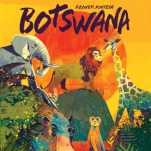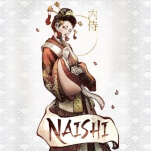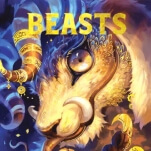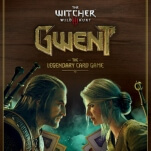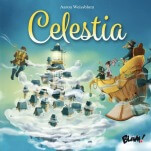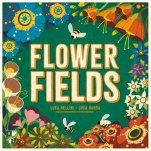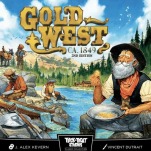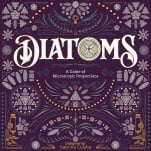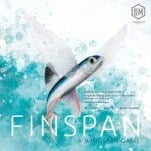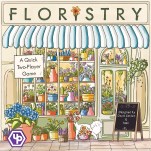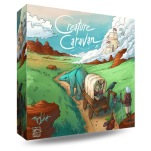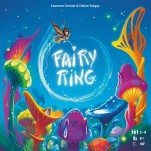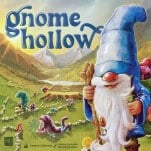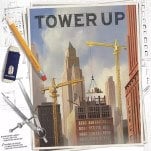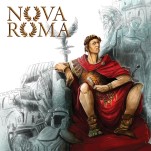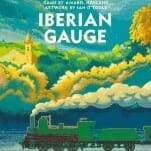Strike It Rich in the Board Game Boomtown of Gold West
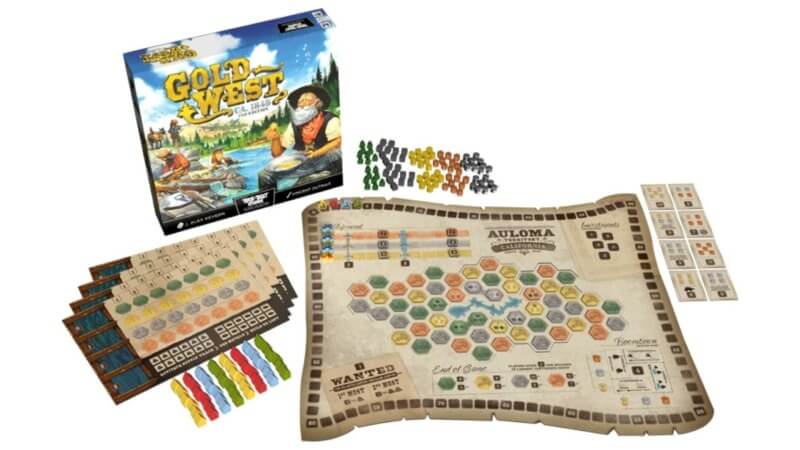
The game Gold West originally came out in 2015 from the publisher Tasty Minstrel Games, who were responsible for publishing many highly-acclaimed titles, including Spiel winner Village, Orléans, and Yokohama. Tasty Minstrel went bankrupt in 2021, however, and its titles ended up out of print and in search of new homes. Orléans got a new edition from Capstone last year; a new version of Yokohama is on its way from Synapses; and Gold West got a new lease on life last year from Trick or Treat in a new edition with a mini-expansion included.
Gold West is a pretty straightforward resource-management game at its heart. There’s a new mining boomtown sprouting up, and the players are in charge of mining outfits looking to make the most profit. They’ll explore a map of hex tiles to collect wood, stone, copper, silver, and gold. Wood and stone are building materials, and players can use them to build camps and settlements to expand their influence in the area. Players can use the three precious metals to fulfill investment cards for big points gains, or to move up the three shipment tracks (one for each metal), or to claim a space in the 3×3 Boomtown grid, which usually awards some conditional victory points at the end of the game. Once players have placed all 12 of their camps (or 10 in a four-player game), the game ends.
There’s only one aspect of Gold West that might be unfamiliar or confusing to new players, but of course it’s part of what makes the game interesting. When you gather resources, you place them in a ‘bin’ on your supply track, numbered 0 to 3. The farther down the track you place them, the more points you get, but you’ll have to wait longer to use them. And on your turn, when you take resources, you take all of the contents of one bin, then drop one resource from that batch into each lower-numbered bin until you reach the top of the board; whatever’s left at that point is what you get to use to build.
Turns have three parts, all fairly quick to execute. The first is to take the resources from one bin and run them up the supply track. Then you build a camp or settlement, as long as you have at least one wood or stone left over; you choose any face-up hex tile, replace it with your camp or settlement token, and then take the resources shown on the tile. You then place the tile in the matching row on your player board, based on the tile’s color. A settlement requires both a wood and a stone, and the only additional benefit it confers is that it counts for two spots on your board rather than just one if you placed a camp. There are points associated with these rows at game end. If you don’t have wood or stone, you have to loot, taking a mining tile’s resources, but discarding the tile instead of keeping it, and then placing a camp in the looting area; the two players with the most camps there at game end will lose some points.
-

-

-

-

-

-

-

-

-

-

-

-

-

-

-

-

-

-

-

-

-

-

-

